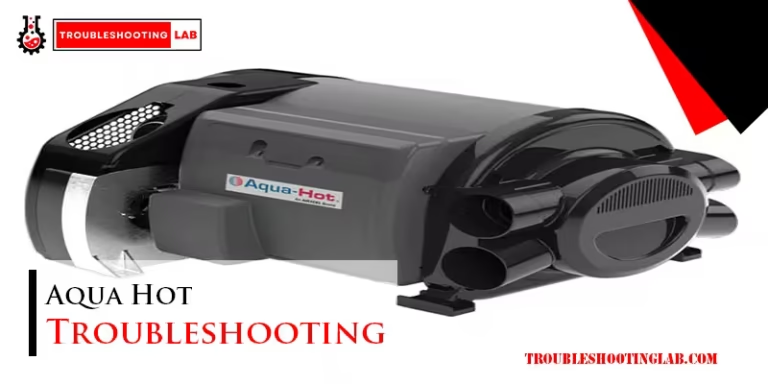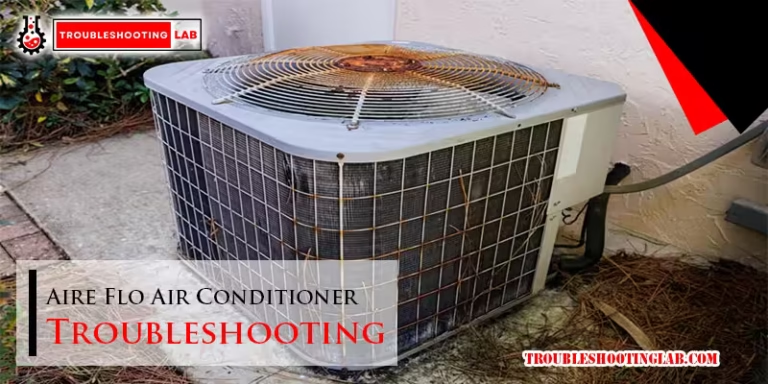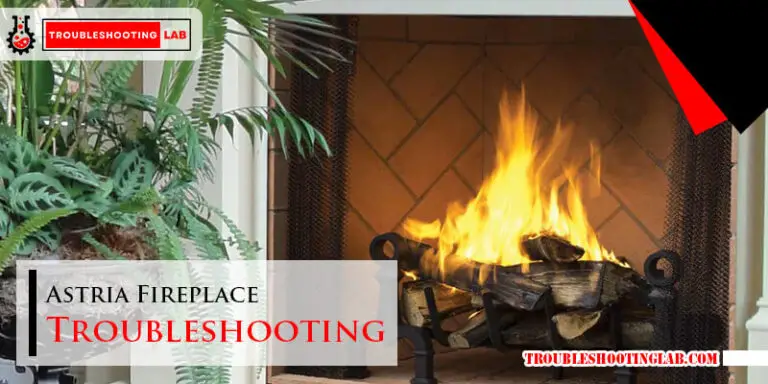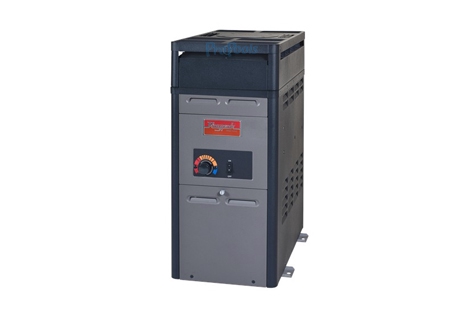Dunkirk Boiler Troubleshooting: Essential Tips for Quick Fixes
To troubleshoot a Dunkirk boiler, check for power issues and ensure the thermostat is set correctly. Inspect the pressure gauge and reset the boiler if needed.Dunkirk boilers are known for their reliability and efficiency, but like any mechanical system, they can encounter problems. Regular maintenance can prevent most issues, but some troubleshooting might be necessary. Common problems include power supply failures, low water pressure, and thermostat malfunctions.
Identifying and addressing these issues promptly ensures your boiler operates smoothly. Familiarize yourself with the user manual and safety protocols before attempting any repairs. A well-maintained Dunkirk boiler provides consistent heating and can last for many years. If problems persist, consider consulting a professional technician for a thorough inspection and repair.
Common Issues
Owning a Dunkirk boiler comes with its share of responsibilities. Understanding common issues can save time and money. Knowing what to look for ensures your boiler runs smoothly. Below, we explore common problems and solutions.
The pilot light is crucial for your boiler. If it’s out, the boiler won’t work. Check if the flame is lit. If not, there might be a gas supply issue. Also, inspect the thermocouple. A faulty thermocouple could be the cause. Make sure the pilot light area is clean. Dirt and debris can block the flame. If the light still won’t stay lit, call a professional.
A malfunctioning thermostat can lead to heating issues. Check if the display is working. If it’s blank, replace the batteries. Ensure the thermostat settings are correct. Set it to the desired temperature. If the boiler still doesn’t heat, the thermostat might be faulty. Test it by turning the temperature up and down. If there’s no response, a replacement might be needed. Faulty wiring could also be the problem. Inspect the wires for any damage.
Initial Checks
Troubleshooting your Dunkirk boiler starts with basic initial checks. These simple checks can save you time and money. Addressing these issues often resolves the problem.
Power Supply
The first step is to check the power supply. Ensure your boiler is receiving power. Follow these steps:
- Check the circuit breaker. Make sure it is not tripped.
- Inspect the fuse. Replace it if it is blown.
- Look at the power switch. Confirm it is in the ‘ON’ position.
If the power supply is intact, your boiler should have power. A power issue can often be resolved by resetting the circuit breaker or replacing a fuse.
Gas Supply
Next, verify the gas supply. Your boiler needs a steady gas flow. Follow these steps:
- Ensure the gas valve is open.
- Check the gas meter. Confirm it is not turned off.
- Inspect gas lines for any visible leaks or damage.
If the gas supply is interrupted, the boiler will not function. Always handle gas issues with care. If in doubt, call a professional.
Pilot Light Problems
Pilot light problems can disrupt your Dunkirk boiler’s function. A faulty pilot light might cause your boiler to stop working. It’s crucial to address these issues promptly.
Relighting The Pilot
To relight the pilot, first turn off the gas valve. Wait five minutes to clear any gas. Set the valve to “Pilot” and hold down the reset button. Using a long lighter, ignite the pilot while holding the reset button. Continue holding the button for a minute after ignition.
If the pilot doesn’t stay lit, check the thermocouple. It might need replacement. Always follow safety guidelines while working with gas appliances.
Cleaning The Pilot Orifice
A clogged pilot orifice can cause the pilot light to go out. Turn off the gas supply before cleaning. Remove the pilot assembly carefully. Use a needle to clear any debris from the orifice. Reassemble the pilot assembly and relight the pilot.
Regular cleaning prevents buildup and ensures smooth operation. Schedule periodic maintenance to avoid unexpected issues.
Thermostat Malfunctions
Thermostat malfunctions are a common issue with Dunkirk boilers. A faulty thermostat can cause your boiler to stop working. Let’s dive into how to troubleshoot this problem.
Testing The Thermostat
First, ensure your thermostat is set to the desired temperature. Check the batteries if it’s a digital thermostat. Dead batteries can cause malfunctions.
- Remove the thermostat cover.
- Use a multimeter to check the voltage.
- Ensure it reads between 24-30 volts.
If there is no reading, the thermostat might be faulty. Move to the next step to confirm.
Replacing The Thermostat
If testing shows a faulty thermostat, replace it. Follow these steps for a smooth replacement:
- Turn off the power to the boiler.
- Remove the old thermostat from the wall.
- Disconnect the wires carefully.
- Connect the wires to the new thermostat.
- Mount the new thermostat on the wall.
- Turn the power back on.
After replacing, set the new thermostat to the desired temperature. Ensure the boiler responds correctly. If issues persist, there might be another underlying problem with your Dunkirk boiler.
Pressure Issues
Pressure issues are common with Dunkirk boilers. Maintaining the correct pressure is essential for optimal performance. Low or high pressure can cause the boiler to malfunction. Regular checks can prevent severe problems.
Checking Pressure Levels
To check the pressure levels, locate the pressure gauge. The gauge is usually on the front panel of the boiler. The ideal pressure range is between 1 and 2 bars.
If the pressure is below 1 bar, the system is under-pressurized. If it is above 2 bars, the system is over-pressurized. Both conditions need immediate attention.
Follow these steps to check the pressure:
- Turn off the boiler and let it cool.
- Locate the pressure gauge on the boiler.
- Read the pressure level indicated on the gauge.
Refilling The System
If the pressure is too low, you need to refill the system. Refilling is a simple process. Ensure you have the right tools before starting.
Follow these steps to refill the system:
- Turn off the boiler and let it cool.
- Locate the filling loop, usually near the boiler.
- Open the valves on the filling loop to allow water to enter.
- Watch the pressure gauge as it rises to the correct level.
- Close the valves once the pressure is between 1 and 2 bars.
Important: Do not overfill the system. Overpressure can damage the boiler.
Regular checks and maintenance can keep your Dunkirk boiler running smoothly. Addressing pressure issues promptly can save time and money.

Noise Troubleshooting
Dealing with strange noises from your Dunkirk boiler? Identifying and fixing these noises is crucial. They indicate various issues that need attention. Here’s a guide to help you troubleshoot noise problems effectively.
Identifying The Noise Source
First, pinpoint where the noise is coming from. Is it the boiler itself or the pipes?
Common noise sources include:
- Boiler unit
- Pipes
- Radiators
Use a stethoscope or a similar tool to locate the noise. This helps in identifying the exact source.
Listen carefully for different types of noises:
- Kettling – sounds like a kettle boiling
- Banging – loud, disruptive bangs
- Whistling – high-pitched whistling or squealing
Fixing Common Noise Issues
Once you identify the noise source, you can address the issue. Here are common fixes for noise problems:
| Noise Type | Possible Cause | Solution |
|---|---|---|
| Kettling | Limescale buildup | Descale the boiler |
| Banging | Air trapped in the system | Bleed the radiators |
| Whistling | Pressure issues | Check and adjust boiler pressure |
Kettling is usually due to limescale buildup. Descale your boiler regularly to prevent this.
Banging noises often mean there’s air in the system. Bleed your radiators to release trapped air.
Whistling noises could indicate pressure issues. Check your boiler’s pressure gauge and adjust it if necessary.
For persistent problems, consult a professional technician. Regular maintenance ensures your boiler runs smoothly without noise issues.
Water Leaks
Water leaks in a Dunkirk boiler can be a serious issue. They can lead to water damage and reduce the boiler’s efficiency. Identifying and fixing leaks promptly is crucial.
Locating The Leak
First, inspect the boiler closely to locate the source of the leak. Check around the boiler and pay attention to any visible signs of water.
- Look for water puddles near the boiler.
- Examine all the pipes and connections.
- Check the pressure relief valve.
- Inspect the boiler tank for any cracks.
If you find water around the boiler, it may be from a leaking pipe or valve. Use a flashlight for better visibility in dark areas.
Repairing The Leak
Once you locate the leak, you must repair it quickly. Here are steps to fix different types of leaks:
| Leak Source | Repair Steps |
|---|---|
| Pipe Leak |
|
| Valve Leak |
|
| Boiler Tank Crack |
|
After repairing, turn on the water supply and check for leaks again. Monitor the boiler for a few days to ensure the leak is fixed.
Professional Help
Sometimes, troubleshooting your Dunkirk boiler can be tricky. Professional help can save time and ensure safety. This section will guide you on when to call a technician and how to choose the right service.
When To Call A Technician
- No Heat: If your boiler isn’t producing heat, call a technician.
- Strange Noises: Unusual sounds could indicate a problem.
- Water Leaks: Leaks can cause significant damage. Get help quickly.
- Error Codes: An error code on the display needs expert attention.
- Frequent Shutdowns: If the boiler shuts down often, it’s time for professional help.
Choosing The Right Service
Finding the right service is crucial. Here are tips to help you choose the best one:
- Check Credentials: Ensure the technician is licensed and insured.
- Read Reviews: Look for reviews from other customers. Positive feedback is a good sign.
- Ask for References: Get references from friends or family. Personal recommendations are valuable.
- Compare Prices: Get quotes from multiple services. Choose one that offers good value.
- Emergency Services: Pick a service that offers 24/7 emergency help.
Professional help ensures your Dunkirk boiler runs smoothly and safely. Follow these tips for the best results.
Frequently Asked Questions
How Do I Reset My Dunkirk Boiler?
To reset your Dunkirk boiler, locate the reset button, press, and hold it for a few seconds.
Why Is My Dunkirk Boiler Not Heating?
Your Dunkirk boiler might not heat due to thermostat issues, low water pressure, or a pilot light problem.
What Should I Do If My Boiler Leaks?
If your boiler leaks, turn off the water supply and call a professional technician immediately.
Why Is My Dunkirk Boiler Making Noise?
Your Dunkirk boiler could make noise due to air in the system, low water pressure, or a failing pump.
How Often Should I Service My Dunkirk Boiler?
Service your Dunkirk boiler annually to ensure efficient performance and to address any potential issues early.
Conclusion
Troubleshooting your Dunkirk boiler can save you time and money. Follow the steps and tips mentioned above. Regular maintenance prevents issues and ensures efficiency. If problems persist, consult a professional technician. Proper care extends your boiler’s lifespan and improves performance.
Keep your home warm and safe with a well-maintained Dunkirk boiler.






